Cats are incredible creatures, often known for their independence. However, when two cats form a bond, it creates an emotional connection that can be as strong as any human friendship. These bonds can develop through shared experiences, mutual grooming, or simply spending time together. When such bonded cats are separated, it can lead to a cascade of emotions that affect both their behavior and well-being. Understanding these emotional responses is crucial for cat owners and enthusiasts who wish to nurture the psychological health of their feline companions.
The Nature of Bonded Cats
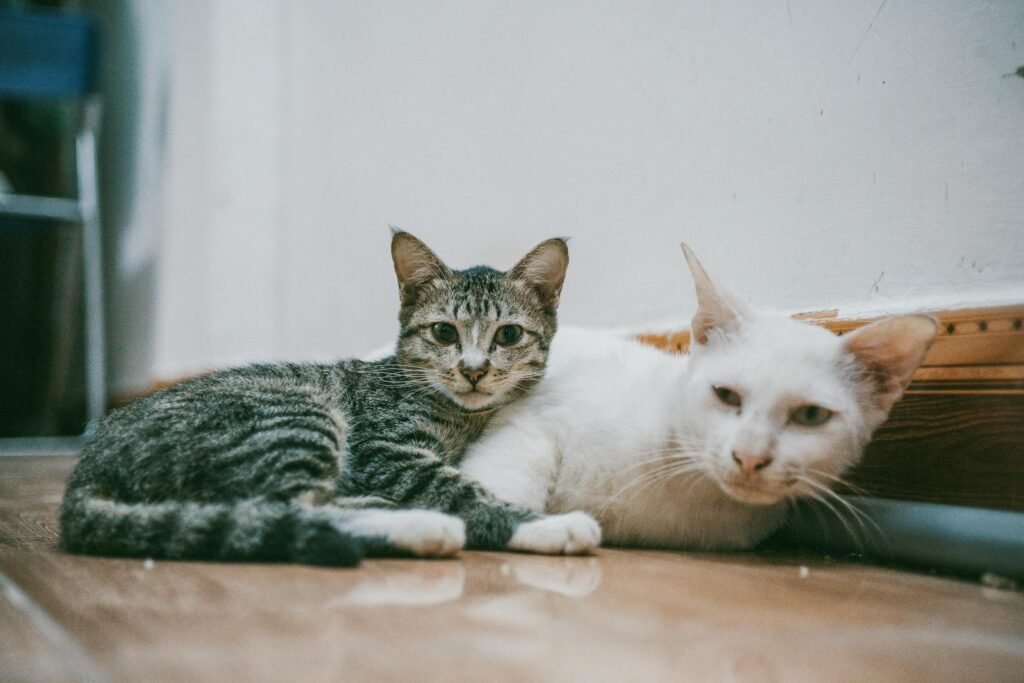
Bonded cats are those that have formed a strong attachment to each other, often characterized by their desire to be near one another. These cats might sleep together, groom each other, and engage in playtime activities as a pair. Unlike human relationships, cat bonds are not based on verbal communication but rather on shared experiences and mutual affection. This bond is so deep that some cats even develop separation anxiety when apart from their feline friend. In essence, bonded cats rely on each other for comfort and companionship, making their separation particularly challenging.
Initial Reactions to Separation
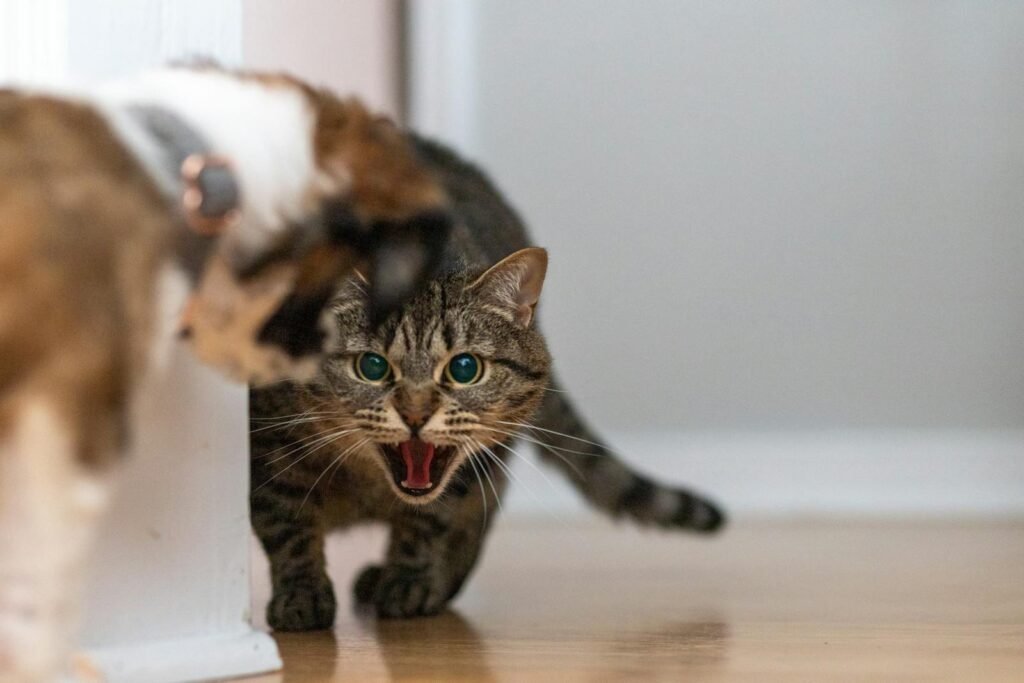
When two bonded cats are separated, their initial reactions can be quite dramatic. It’s not uncommon for the remaining cat to search frantically for its missing companion, calling out with mournful meows and displaying signs of distress. This behavior is similar to what some might describe as a human yearning for a lost friend. The remaining cat may exhibit behaviors such as pacing, excessive grooming, or refusing to eat. These reactions are a manifestation of their confusion and sadness, as they try to comprehend the absence of their beloved companion.
Emotional Impact on the Separated Cat
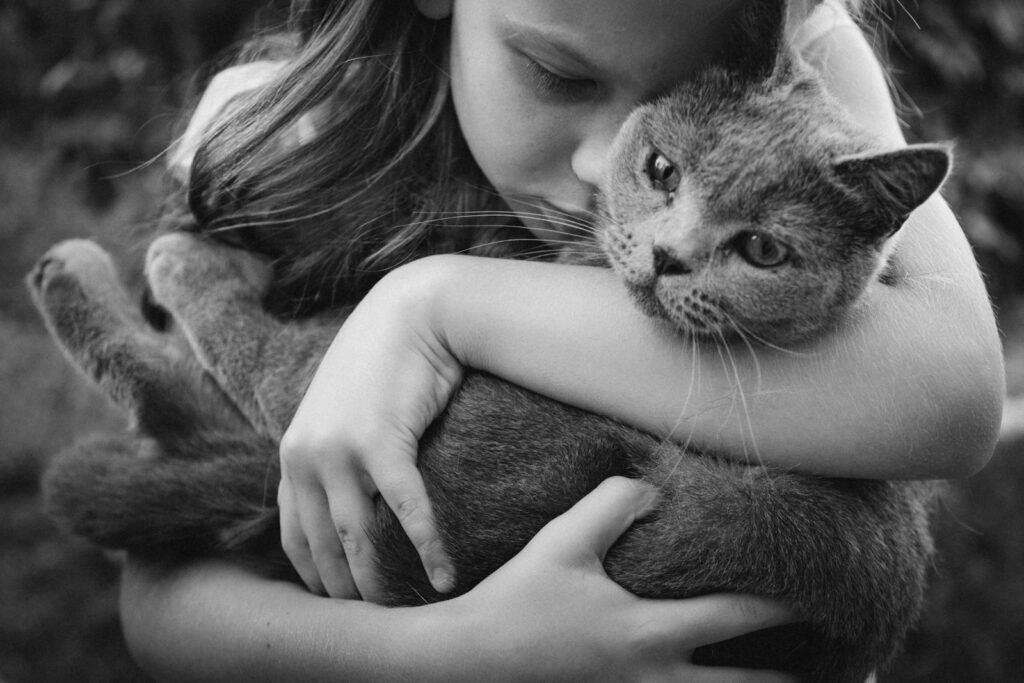
The emotional impact on a cat left alone can be profound. Cats thrive on routine and familiarity, and the sudden absence of a bonded partner can disrupt their sense of security. This emotional turmoil might lead to increased anxiety, manifesting as restlessness or clinginess towards their human caretakers. In some cases, the cat may withdraw, becoming less social and more prone to hiding. The emotional stress of separation can also affect their physical health, as stress is known to lower immune function, making them more susceptible to illness.
Changes in Behavior and Routine

Separation can lead to noticeable changes in behavior and routine for the remaining cat. They might become more vocal, seeking reassurance from their human companions, or they may become more reclusive, avoiding interaction altogether. Changes in eating and sleeping habits are also common, as the cat adjusts to the absence of their friend. Owners may notice that their cat is less playful or seems disinterested in activities they once enjoyed. These behavioral shifts are a natural response to the upheaval in their environment and emotional state.
The Role of Human Companions
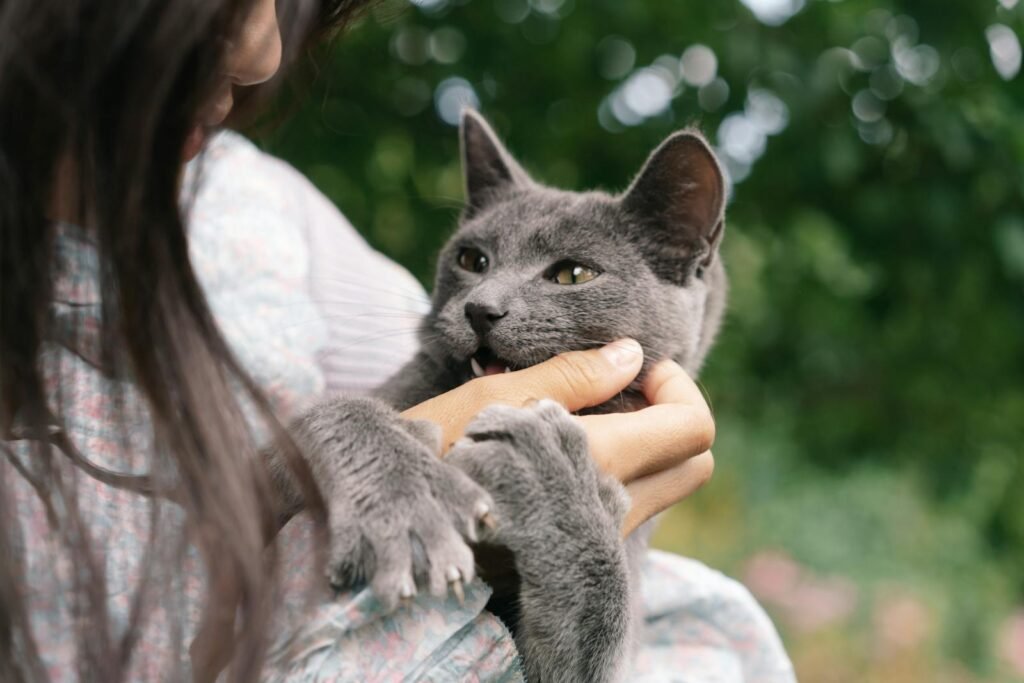
As a cat owner, your role becomes crucial when dealing with the emotional fallout of separating bonded cats. Providing extra attention, affection, and reassurance can help the remaining cat cope with the loss. Engaging in interactive play can serve as a distraction and help maintain a sense of normalcy. It’s also important to maintain a consistent routine, as predictability can be comforting for cats. Additionally, consider introducing new toys or activities to stimulate their mind and body, providing a positive outlet for their emotions.
Long-term Effects of Separation
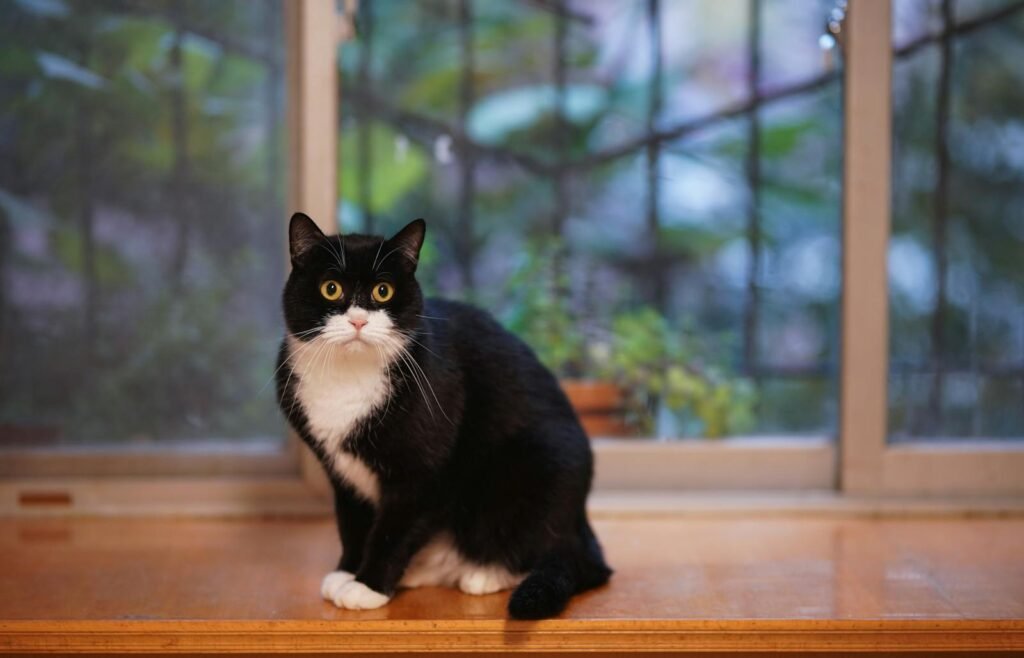
While many cats eventually adjust to the absence of their bonded companion, some may experience long-term effects. A once outgoing and playful cat might become more reserved or anxious. In some cases, the emotional trauma can lead to chronic stress, affecting their overall health and well-being. Long-term behavioral changes may require interventions such as environmental enrichment, behavior modification, or consultation with a veterinarian or animal behaviorist. Understanding that each cat is unique in how they process loss is key to supporting their emotional recovery.
Reintroducing a New Companion
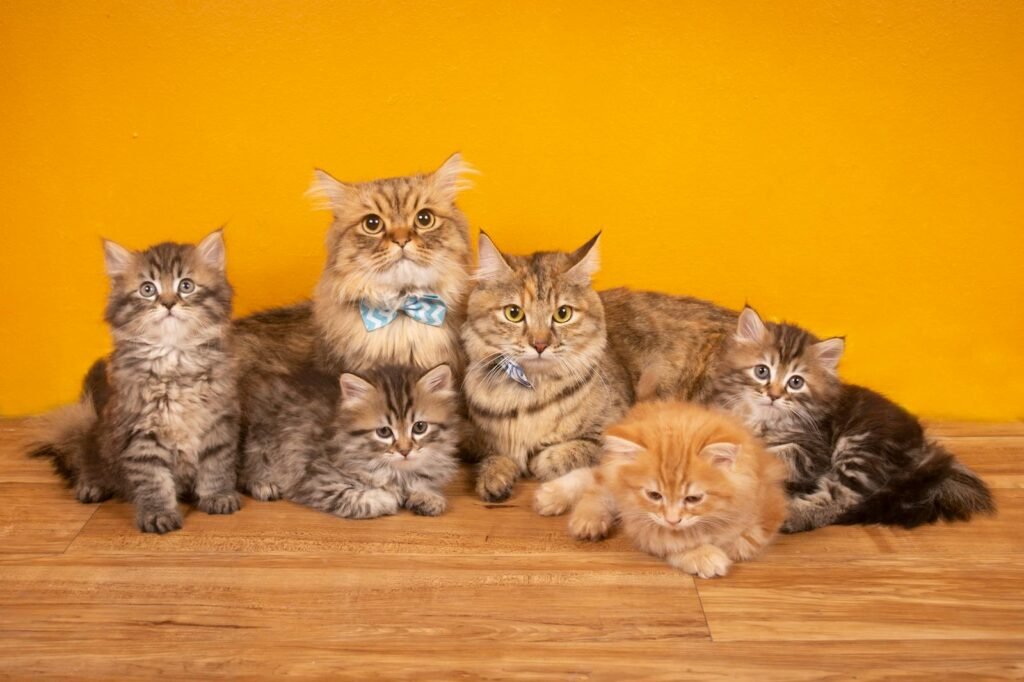
For some cats, introducing a new feline companion can help fill the void left by their lost friend. However, this process requires careful consideration and patience. Cats are territorial creatures, and a new addition can be met with resistance or aggression. A gradual introduction, allowing the cats to become accustomed to each other’s scent and presence, can facilitate a smoother transition. Observing their interactions closely and providing positive reinforcement can help foster a new bond, though it’s important to respect the cat’s individual pace and preferences.
Conclusion
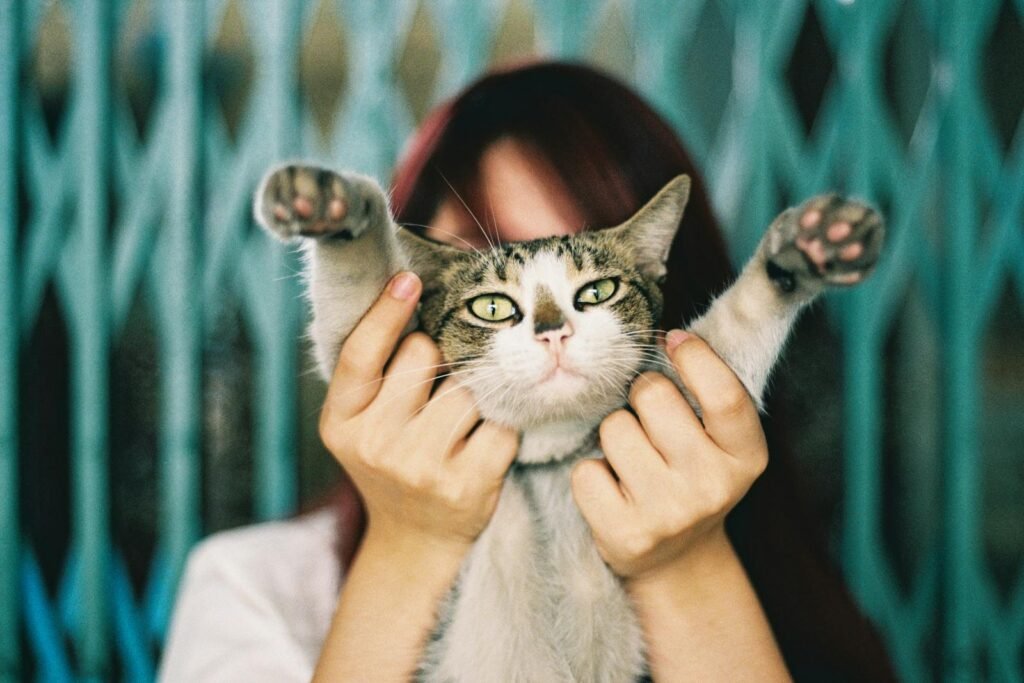
The emotional journey of a cat separated from a bonded companion is complex and deeply personal. Each cat will react differently, influenced by their personality, past experiences, and the strength of the bond with their feline friend. As caretakers, understanding these emotional responses and providing the necessary support is essential in helping them navigate this difficult transition. While the process can be challenging, with patience, love, and understanding, cats can find their way to emotional healing and rediscover joy in their daily lives.

Growing up traveling and experiencing new cultures and wonders, I have had a passion for nature, adventuring, photography, and videography. I am currently working towards a BSc in Biodiversity and Ecology at Stellenbosch University, and I hope to specialise in Marine Sciences one day.
Please send any feedback to Feedback@animalsaroundtheglobe.com



